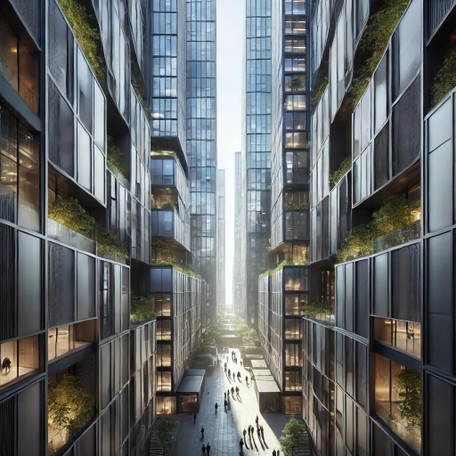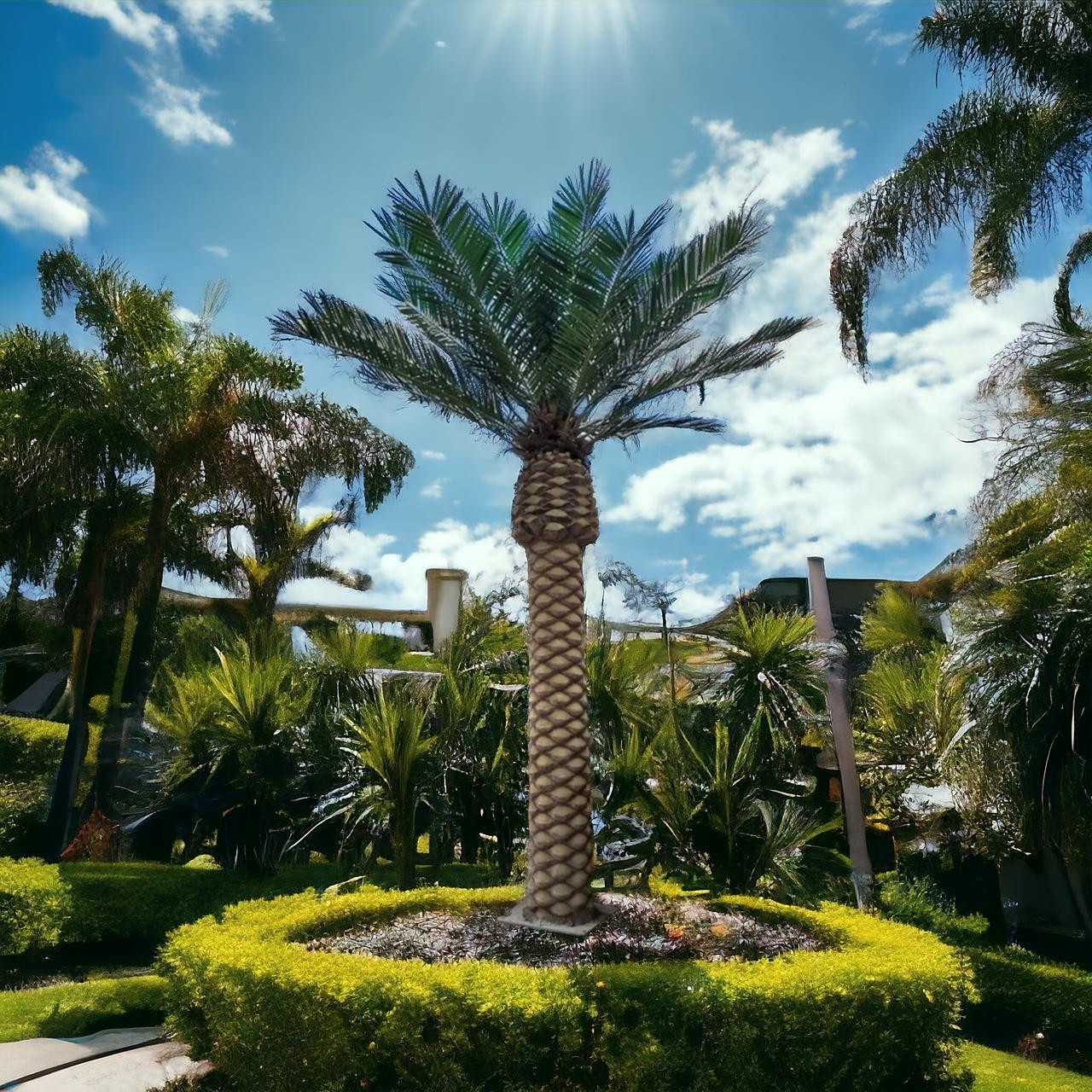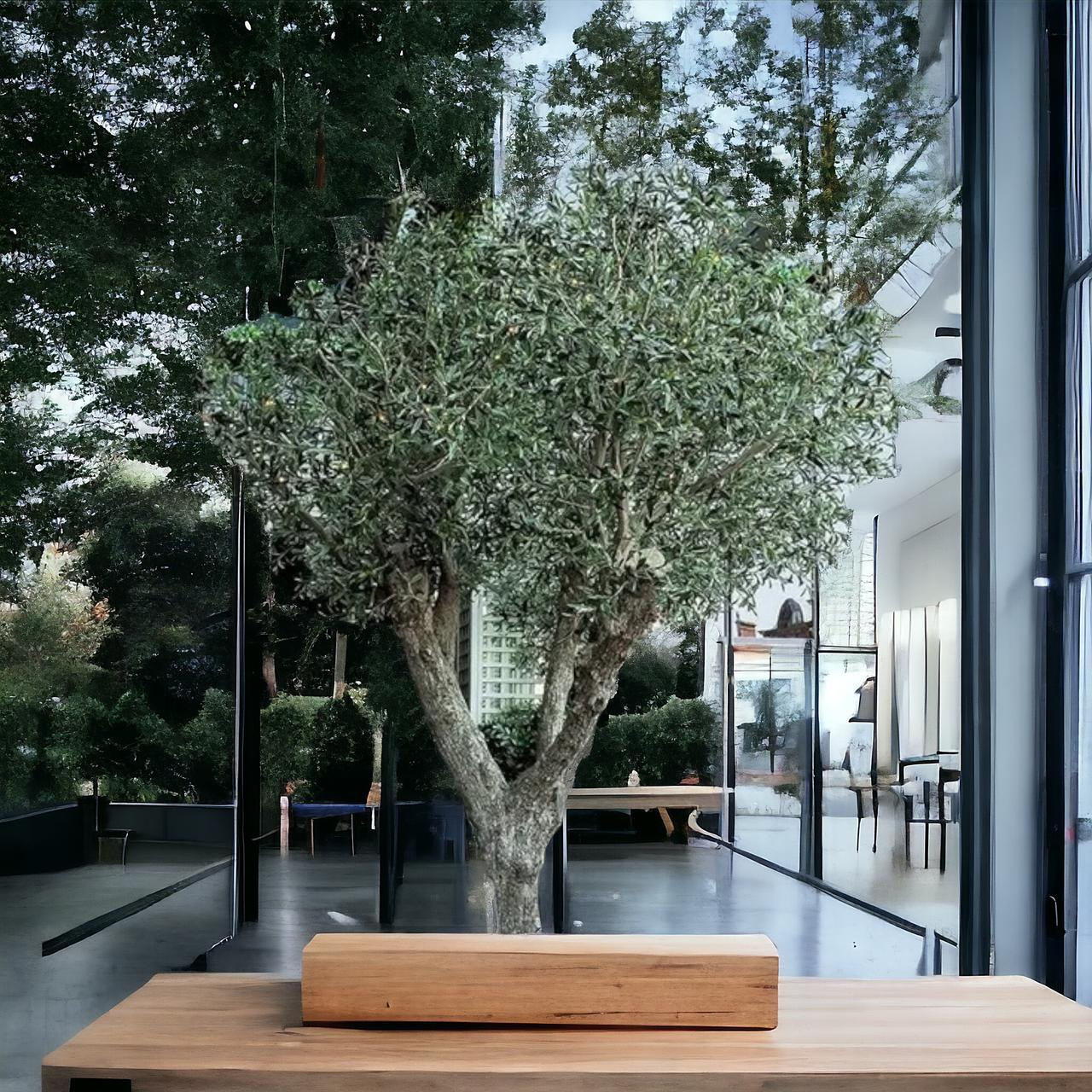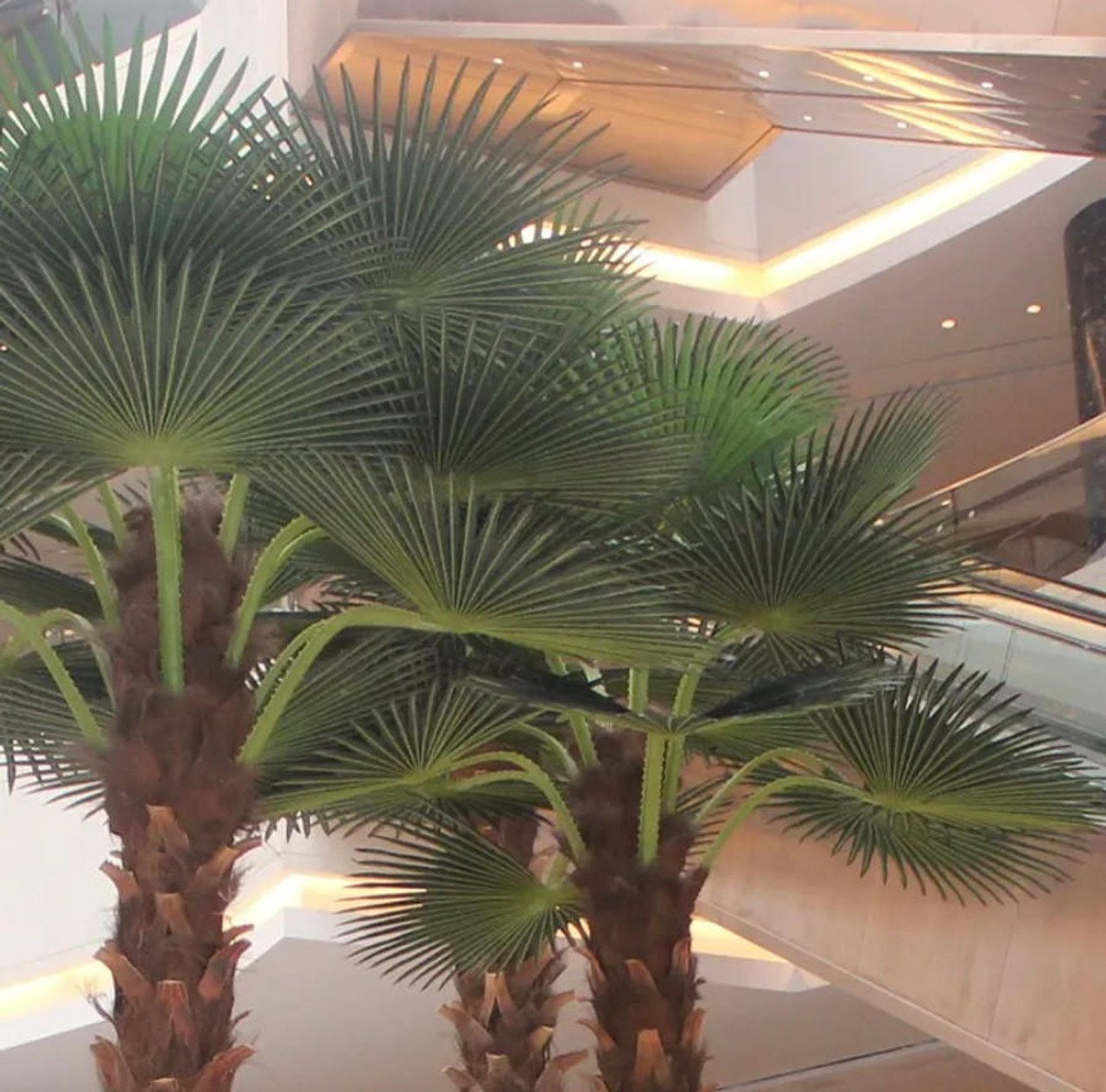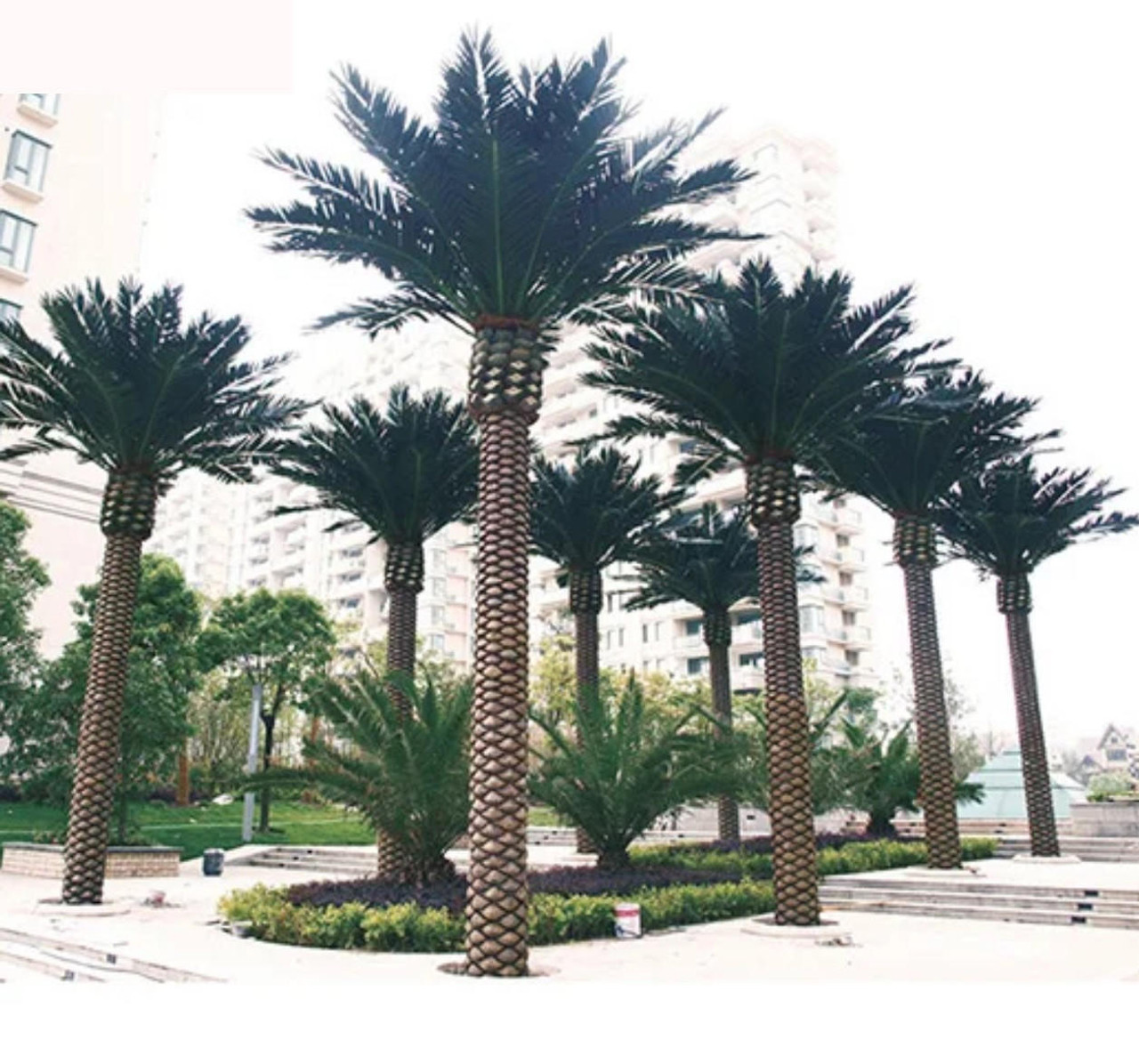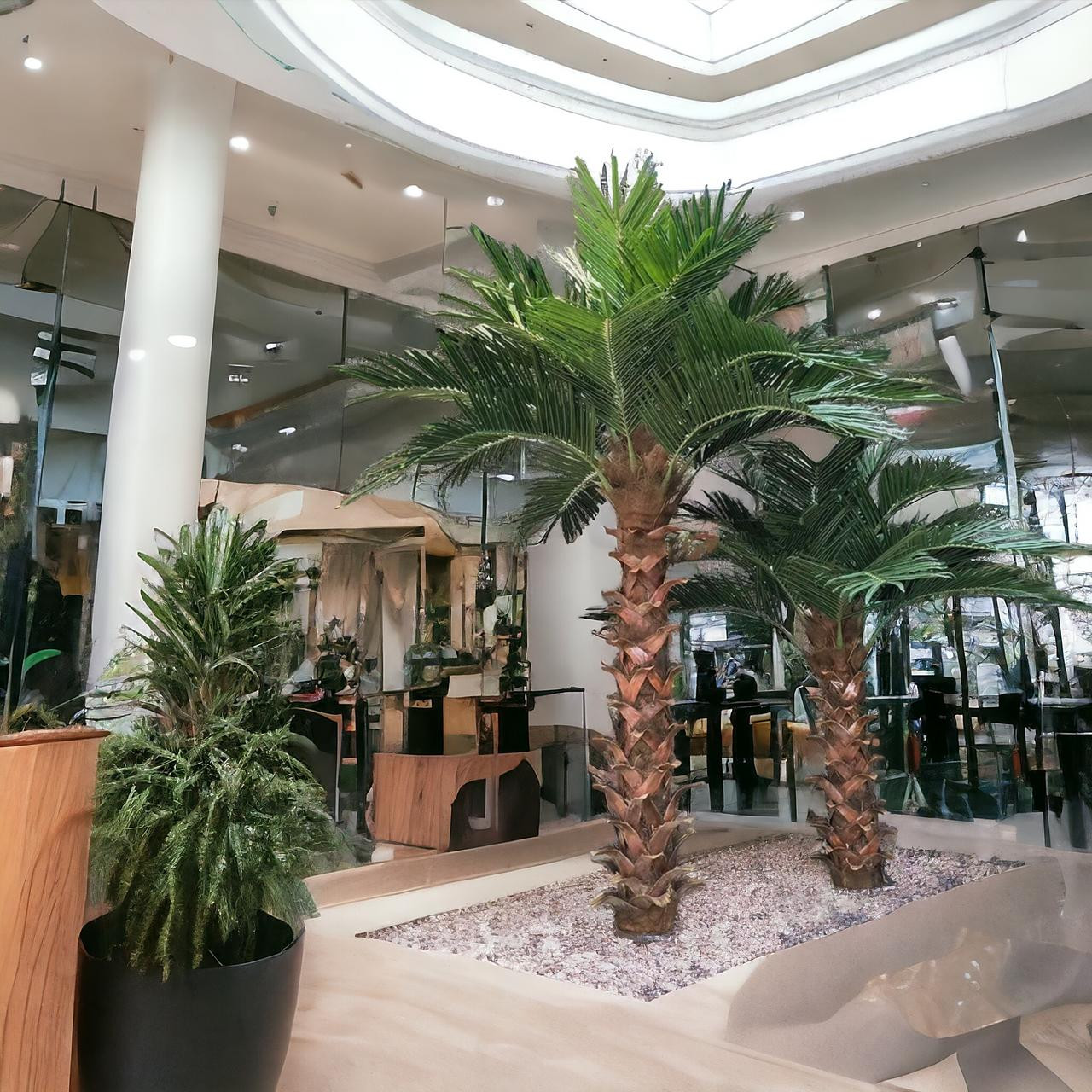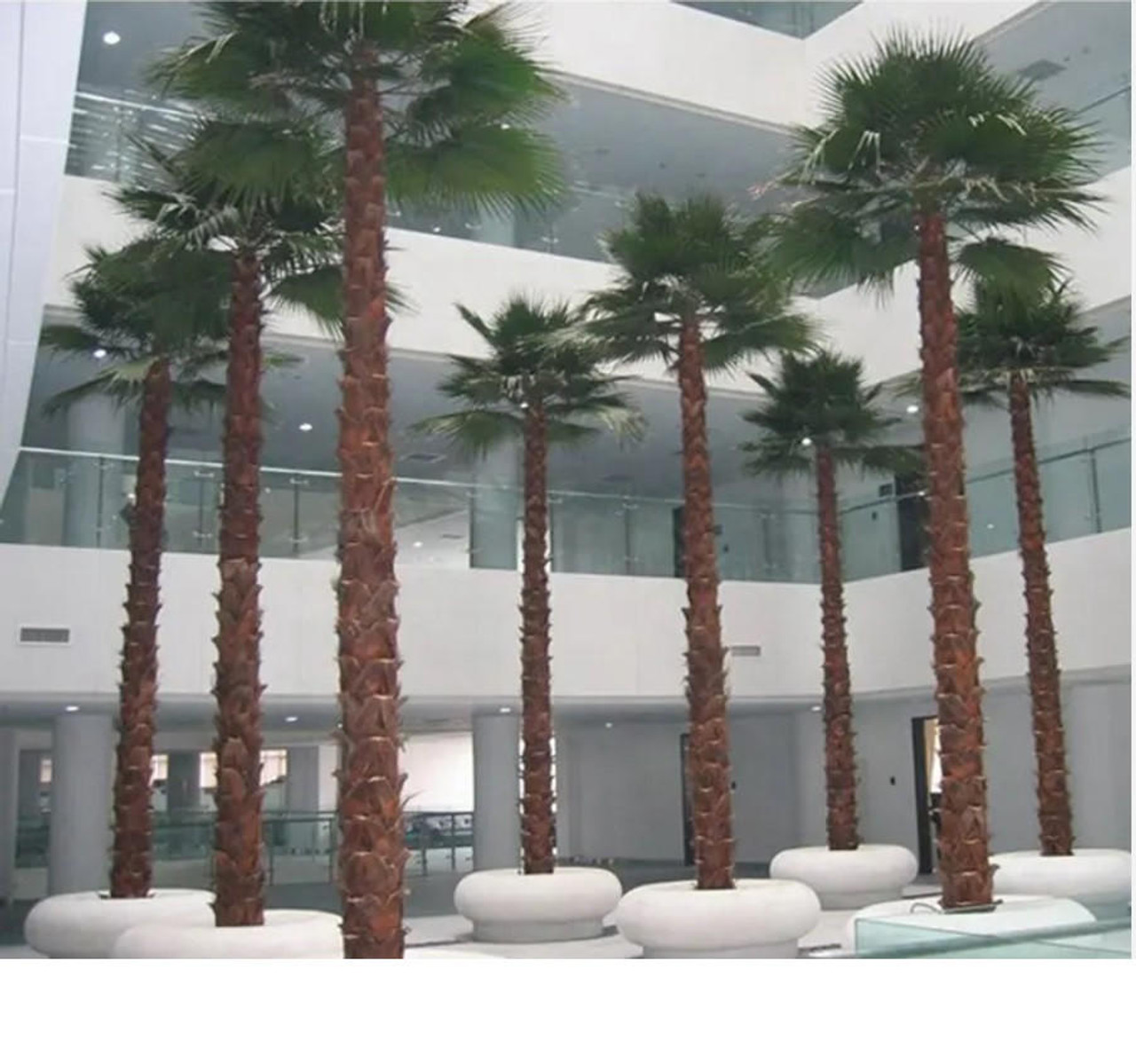Urban Canyons: Designing Within the Constraints of Narrow Alleyways and Tight Spaces
Posted by Bert Ron-Harding: Architectural Technologist on 12th Sep 2024
In the dense, bustling cities of today, where land is scarce and development pressures are high, the challenge of designing within narrow alleyways and confined spaces—what we often refer to as "Urban Canyons"—is one that demands both innovation and respect for context. The very constraints of these urban canyons, which limit light, airflow, and the ability to expand outward, can be harnessed as forces of creativity, giving rise to some of the most fascinating urban projects in the world.
Much like the natural canyons formed by millions of years of geological pressure, urban canyons are the product of growth, history, and adaptation. They reflect the stories of cities as they expand, becoming denser and vertically oriented. Working with these urban forms can be a challenge, but it’s also an opportunity to rethink how we design for the modern city. These spaces force us to confront the boundaries between public and private, open and enclosed, and historical and contemporary.
1. The Challenge of Designing for Urban Canyons
At first glance, designing for narrow alleyways and tight urban spaces might seem like an exercise in restriction. The very term “urban canyon” conjures images of towering buildings that block out the sky, leaving only a thin strip of visible space above. In these environments, light is a precious resource, and ventilation can be a challenge. Sound, too, is amplified as it bounces between closely spaced walls. These constraints are precisely what makes designing for urban canyons such an intriguing challenge.
In cities like New York, Hong Kong, and Tokyo, where urban canyons are a defining feature, architects have been pushed to explore verticality, compact design, and innovative ways to bring light and life into these narrow spaces. The challenge is not just to overcome the limitations of confined areas but to embrace them as opportunities for creative problem-solving.
One of the central issues in urban canyon design is the lack of natural light. The taller the buildings, the more shadow is cast on the street below, creating dark, sometimes uninviting spaces. But just as we see in the dense favelas of Rio de Janeiro or the hutongs of Beijing, these narrow, shaded streets are often alive with human activity. They force a closeness that encourages social interaction, turning spaces that might seem inhospitable into thriving micro-communities.
2. Harnessing the Vertical Dimension
When we design for urban canyons, we need to think in terms of verticality. The space between buildings might be narrow, but the sky is wide open. This is where the potential of the vertical dimension becomes critical. By thinking vertically, we can create multi-layered spaces that offer new opportunities for urban life.
Take, for example, the work of Japanese architect Tadao Ando, whose designs often engage with tight urban spaces by building upwards while ensuring that natural light and air are still key elements of the design. In Ando’s Row House in Sumiyoshi (Azuma House), he crafted a minimal, concrete home in an extremely narrow plot of land. The house, despite its compact size, utilizes open courtyards to bring natural light into the narrow spaces between walls.
Similarly, Tokyo’s Nakagin Capsule Tower, designed by Kisho Kurokawa, was an early experiment in high-density living, one that utilized vertical stacking of units in a compact space. The design considered each unit as a separate module, which could be replaced or reconfigured over time. While Nakagin is no longer standing, its legacy speaks to the potential of verticality in tight spaces, where innovation must push the limits of conventional architectural forms.
In a place like Hong Kong, where density is the norm, buildings shoot upwards, and verticality is part of everyday life. But vertical growth in urban canyons isn't just about adding floors—it’s about creating a layered experience, with distinct levels serving different purposes. Rooftop gardens, sky bridges, and vertical circulation routes can add new dimensions to narrow spaces, transforming them into multi-functional environments that expand beyond the ground plane.
3. Light and Air in Confined Urban Spaces
One of the defining features of urban canyons is their scarcity of light. The towering walls on either side of the alley block much of the natural sunlight, creating a perpetual sense of twilight at street level. This presents a significant design challenge but also an opportunity to reimagine how we bring light into these spaces.
One solution is to manipulate light by reflecting it from building surfaces. Reflective materials, like glass and metal, can be used to bounce light deeper into the canyon, reducing the sense of gloom. Zaha Hadid's Port House in Antwerp, for example, uses angular glass surfaces to reflect light and create a dynamic play of shadows, despite its dense urban location. Similarly, the One Madison Tower in New York City incorporates reflective surfaces in its design to ensure that light penetrates the urban canyon below.
Another approach is to introduce light wells or atriums that bring light into the heart of buildings. Renzo Piano's Shard in London is an example of how a skyscraper can bring natural light deep into a building’s core through the use of a central light well. This allows the interior spaces, which might otherwise feel claustrophobic, to feel open and airy, even in a highly dense urban area.
Ventilation is another concern. In urban canyons, the flow of air can be restricted by the proximity of buildings, leading to pockets of stagnant air. Here, architects have embraced strategies like cross-ventilation—placing windows on opposite sides of a structure to create a natural airflow through the building. Additionally, rooftop gardens or green walls can help cool the air, making the space more comfortable for residents and pedestrians alike.
4. Urban Canyons as Social Spaces
Urban canyons are not just physical spaces; they are social spaces as well. In many cities, the narrow alleyways of these canyons serve as meeting points, marketplaces, and even community hubs. The very limitations of space bring people closer together, fostering a unique sense of place and interaction.
In Barcelona’s El Raval district, the narrow streets and dense layout create a vibrant urban life where neighbors know each other, and small businesses thrive. The superilles (superblocks) initiative, led by the city’s urban planners, has transformed some of these streets into pedestrian-friendly zones, reclaiming space from cars and giving it back to the community. The close-knit fabric of El Raval, with its narrow alleyways, exemplifies how urban canyons can foster human connection despite physical constraints.
Similarly, the Marais district in Paris is a classic example of how narrow alleyways can become cultural hubs. The tight streets, often lined with boutiques, cafés, and galleries, encourage a slower pace of life, where the built environment encourages interaction, conversation, and the leisurely enjoyment of space. Despite the compact nature of these urban canyons, they pulse with activity.
In modern urban design, we see a renewed emphasis on the potential of these spaces to enhance social interaction. Public seating, small pocket parks, and strategically placed retail spaces can transform what might seem like cramped or isolated areas into thriving social hubs. The challenge of urban canyons, then, is not merely one of space—it’s one of how to engage people in these confined environments.
5. Adaptive Reuse and Retrofitting in Urban Canyons
As cities grow and land becomes more scarce, adaptive reuse and retrofitting offer sustainable ways to deal with existing urban canyons. By reimagining old or underutilized spaces, architects can breathe new life into narrow alleyways and compact urban areas.
Consider the transformation of old industrial buildings in New York City’s Meatpacking District or Shoreditch in London. In both cases, former warehouses and factories, hemmed in by tight urban spaces, have been converted into modern lofts, offices, and retail spaces. The narrow streets that once served industrial purposes now host pedestrian traffic and public spaces. This kind of adaptive reuse not only preserves the historical fabric of the city but also finds creative ways to make confined spaces functional and attractive.
Retrofitting existing structures with modern amenities—such as new insulation, energy-efficient windows, and updated mechanical systems—can also bring old urban canyons up to contemporary standards. In cities like Paris and Milan, older residential buildings have been retrofitted to provide better insulation and improved air quality while maintaining the historical aesthetics that make these cities unique.
6. The Future of Urban Canyons: Rethinking Density
Looking forward, urban planners and architects must continue to rethink density in the context of urban canyons. As populations grow and cities become denser, the challenges of working within confined spaces will only intensify. But with every constraint comes an opportunity.
Vertical farming, for instance, offers a new way to utilize the walls of urban canyons, transforming them into productive, green spaces that provide food for local communities. This concept has been explored in dense urban areas like Singapore, where limited land area forces planners to think vertically.
There is also the possibility of using technology to make urban canyons more livable. Smart cities can employ sensors to monitor air quality, noise levels, and foot traffic, allowing planners to adjust the use of public spaces in real time. Additionally, advances in materials science—such as the development of smart glass that can dynamically adjust to light levels—can help mitigate some of the traditional issues associated with urban canyons, like poor lighting and ventilation.
Conclusion: The Beauty and Complexity of Urban Canyons
The essence of urban design lies in confronting constraints and finding ways to turn them into opportunities. **The essence of urban design lies in confronting constraints and finding ways to turn them into opportunities. Urban Canyons—with their narrow alleyways, vertical growth, and dense surroundings—are not limitations to be overcome, but environments rich with potential for innovation. As we look toward the future of urban development, it is critical to remember that these spaces, though physically restricted, allow us to push the boundaries of creativity, social engagement, and sustainability.
The history of cities is, in many ways, a history of growth within limits. Whether it's the densely packed streets of medieval European towns, the compact favelas of Rio de Janeiro, or the vertical high-rises of Hong Kong, cities have always evolved within the constraints of their physical space. Urban canyons are simply the next step in this evolution, pushing architects, designers, and planners to find new solutions that make the most of the space available.
By embracing verticality, innovative uses of light and air, and rethinking the role of urban spaces as social environments, we can transform narrow alleyways and tight spaces into vibrant, functional, and beautiful parts of the urban landscape. Through adaptive reuse, creative retrofitting, and technological advancements, urban canyons will continue to evolve, providing exciting opportunities for architects to design cities that are not only more efficient but also more livable, sustainable, and inspiring.
In these urban canyons, we find a metaphor for the challenge of urban living: we must learn to thrive within constraints, find beauty in complexity, and create spaces where people can live, work, and play in harmony with their environment. The urban canyon, then, is not just a physical space—it’s an idea, a reminder that design is about more than overcoming limits. It’s about discovering the potential hidden within them.

